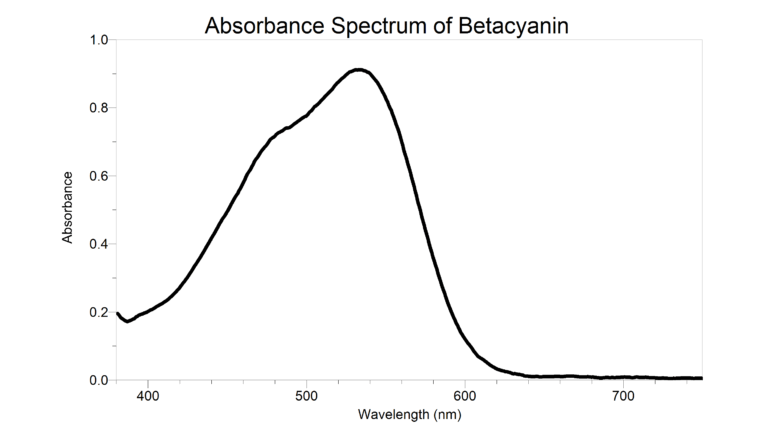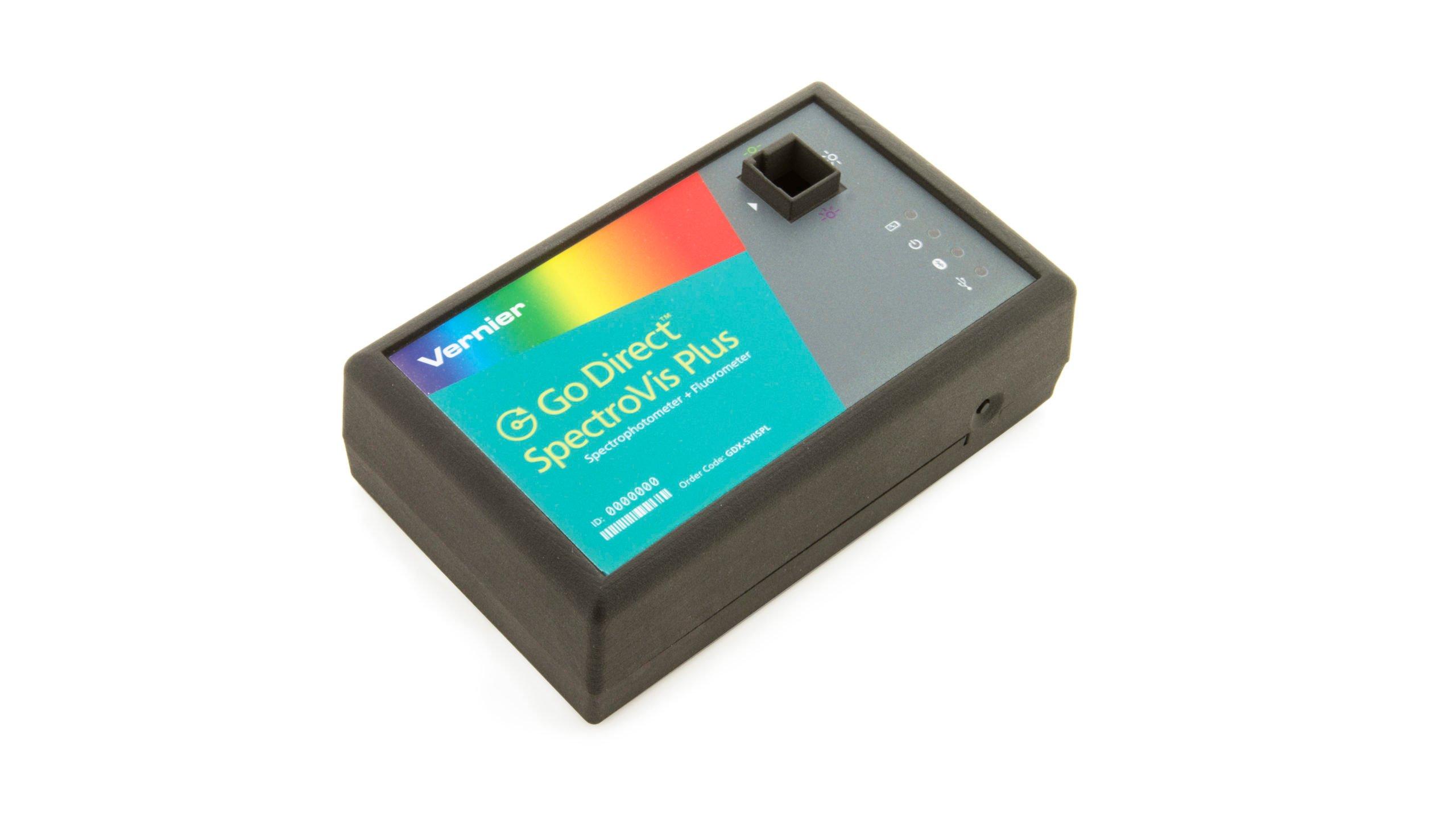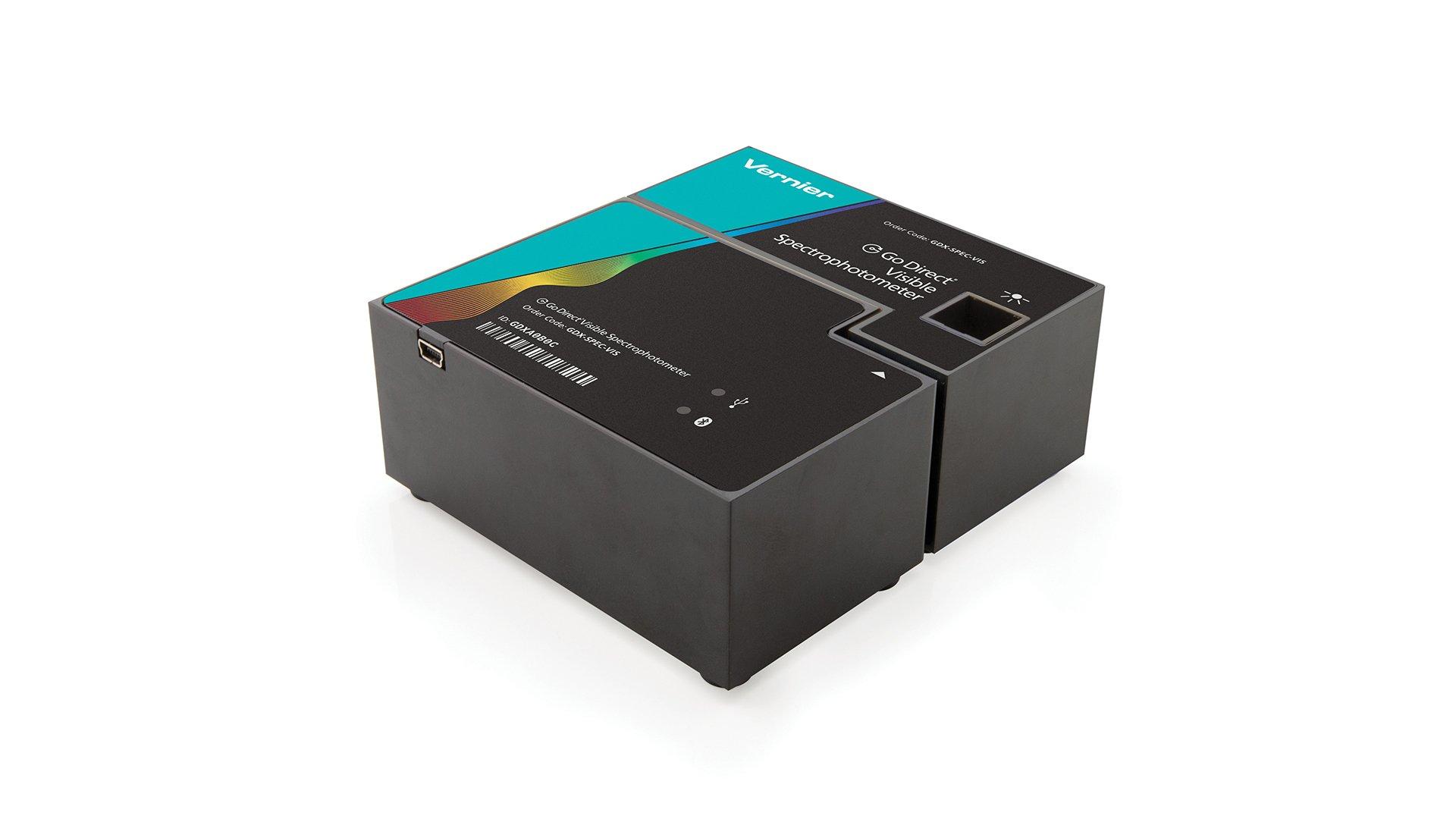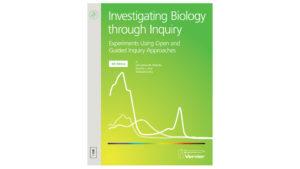
Introduction
In this investigation, you will determine the stress that various factors cause on biological membranes. Membranes within cells are composed mainly of lipids and proteins, and often serve to help maintain order within a cell by containing cellular materials. Different membranes have a variety of specific functions.
One type of vacuole in the cells of plants, the tonoplast, is quite large and usually contains water. In beet plants, this membrane-bound vacuole also contains a water soluble red pigment, betacyanin that gives the beet its characteristic color. Since the pigment is water soluble and not lipid soluble, it is contained in the vacuole when the cells are healthy. If the integrity of a membrane is disrupted, however, the contents of the vacuole will spill out into the surrounding environment and color it red. This usually means the cell is dead. The intensity of color in the environment should be proportional to the amount of cellular damage.
During this Investigation, you will be using a spectrophotometer. In a spectrophotometer, light from the light source will pass through the solution and strike a detector. The solutions used in this experiment are colorless. If the beet pigment leaks into the solution, it will color the solution red. A higher concentration of colored solution absorbs more light and transmits less light than a solution of lower concentration. The spectrophotometer monitors the light received by the detector as either an absorbance or a percent transmittance value. The absorbance of light will be used to monitor the extent of cellular membrane damage.
Objectives
In the Preliminary Activity, you will use a spectrophotometer to measure color changes due to the release of betacyanin caused by the damage to beet cell membranes by a 30% 2‑propanol solution. Isopropyl alcohol is another name for 2‑propanol.
After completing the Preliminary Activity, you will first use reference sources to find out more about biological membranes before you choose and investigate a researchable question. Some topics to consider in your reference search are:
- biological membranes
- vacuole
- tonoplast
- betacyanin
- lipids
- lipid solubility
- 2‑propanol
- alcohols
Sensors and Equipment
This experiment features the following sensors and equipment. Additional equipment may be required.
Correlations
Teaching to an educational standard? This experiment supports the standards below.
- International Baccalaureate (IB) 2025/Biology
- B2.1.1—Lipid bilayers as the basis of cell membranes
- B2.1.2—Lipid bilayers as barriers
Ready to Experiment?
Ask an Expert
Get answers to your questions about how to teach this experiment with our support team.
- Call toll-free: 888-837-6437
- Chat with Us
- Email support@vernier.com
Purchase the Lab Book
This experiment is #4 of Investigating Biology through Inquiry. The experiment in the book includes student instructions as well as instructor information for set up, helpful hints, and sample graphs and data.



